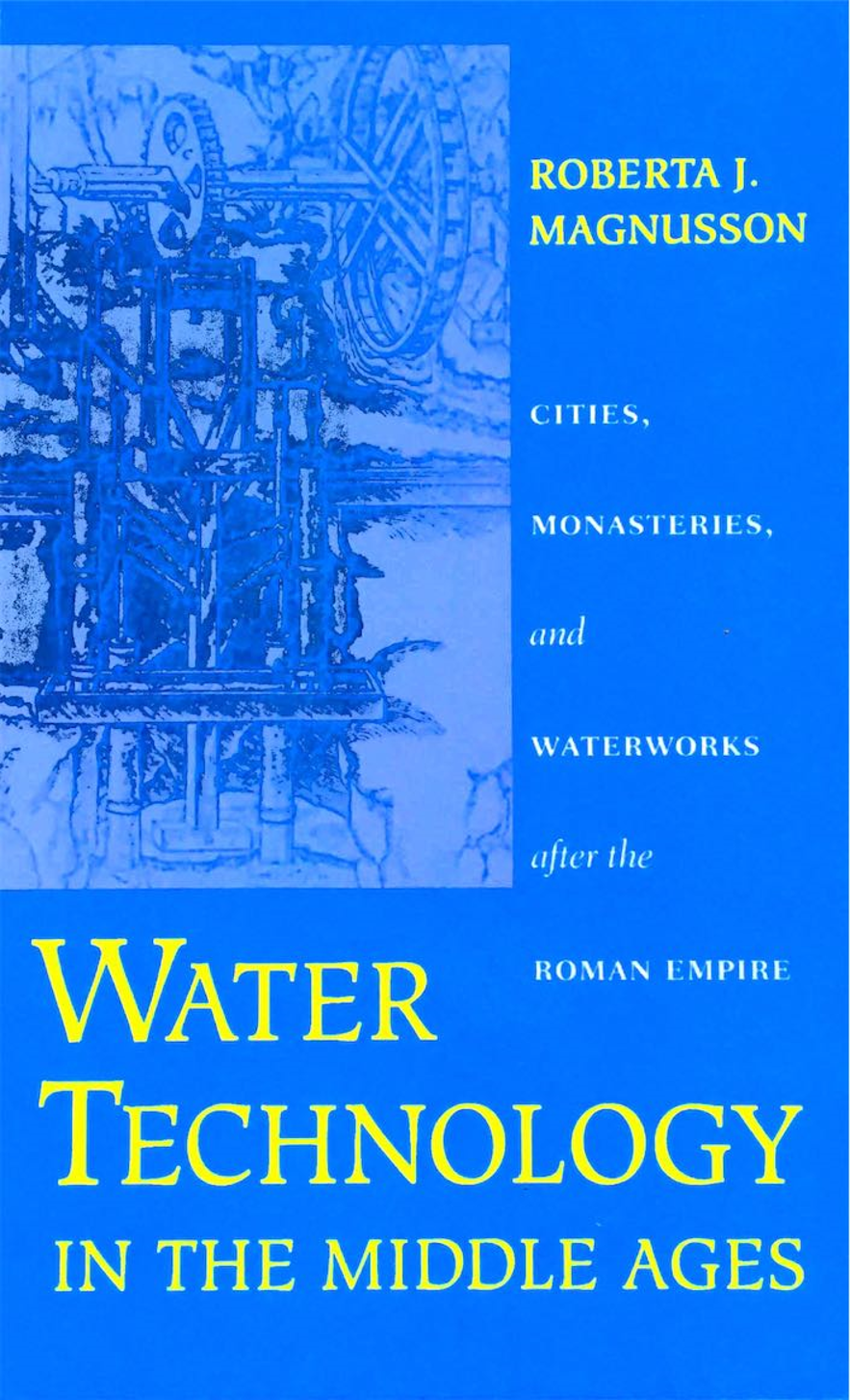Water Technology - & PPPs - in the Middle Ages
- Richard
- Jan 17, 2020
- 2 min read

Fascinating to read the very-well written accounts of water supply in Great Britain and Italy in the middle ages. Reinforcing some of my prejudices with comments that “it becomes immediately apparent that income was a key factor in determining which [monastic] houses could undertake water projects. And noting that the monastic houses also gave the immediate institutional framework to sustain a piped water supply even in the twelfth and thirteenth century, along with the wider institutional network by which monastic orders were able to share experience of implementing water supply projects. With the demand for such systems enhanced because, being ‘monastic’, there were no women freely available to carry water? Roberta Magnusson does go on to describe the introduction of the conduit supplies to London and other towns – referring to gravity flow pipelines being several miles in length in fourteenth century London (long before the New River supply was constructed in the seventeenth century). However the British approach was to have taps on the delivery points whereas the Italian approach was to have fountains with basins – which enabled easier access to simultaneous collection, particularly useful when fire breaks out – described as being one of the drivers for urban water supply. And the author also makes the fun point that “it is tempting to speculate the British passion for queuing may have originated in such lines of citizens forced to wait patiently (or not so patiently) for their turn at the local conduit.” !!
“Domestic users had first rights when it came to conduit water. According to a complaint against the brewers filed in 1345, ‘of old, a certain conduit was built in the midst of the city of London, so that the rich and middling persons therein might have water for preparing their food, and the poor for their drink.’
Another interesting snippet comes from my believing that the Peter Morice’s pump and supply from London Bridge was ‘London’s Second PPP’, the first perhaps being King Richard’s sale of the Crown Rights over the River Thames to the Corporation of the City of London? The third being Hugh Myddleton’s 60km New River project a few years later? But Magnusson refers to “the custody of the conduit together with ‘its fountain and all its profits and advantages’ was leased for a term of ten years … with the provision that ‘the aldermen and sheriffs for the time being may at all times obtain water without payment, and that any of the commonality may obtain the same, paying for it as of old accustomed.’ By the terms of the lease the city received twenty marks’ annual rent. The lessees were obliged keep the conduit in repair above ground, whereas the city remained responsible for any necessary repairs to the subterranean pipes and fountainhead.” A ‘proper PPP’ indeed!
And finally, I was very excited to read about donors (‘transfers’ in our modern parlance?) funding, often through bequests, ‘most of the new extensions to London’s water system’. Including in the fourteenth century former mayors such as ‘Adam Fraunceys’. Close enough spelling to claim a relationship??


Comments